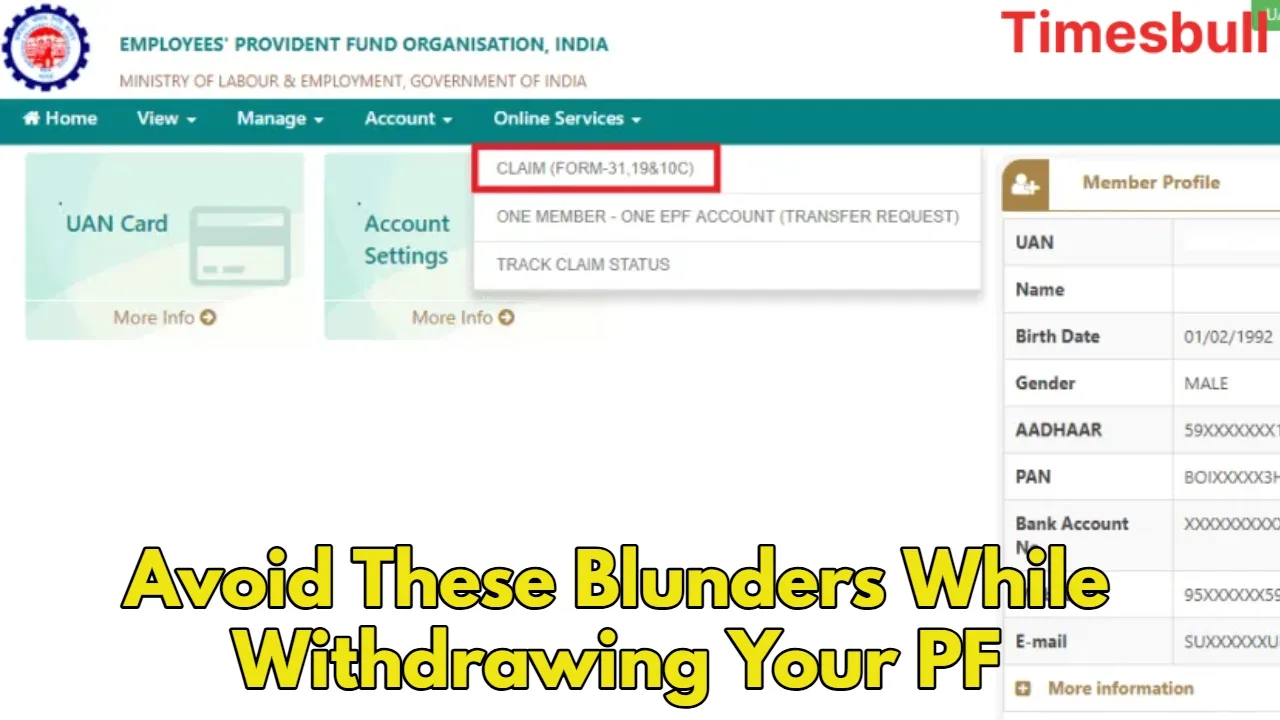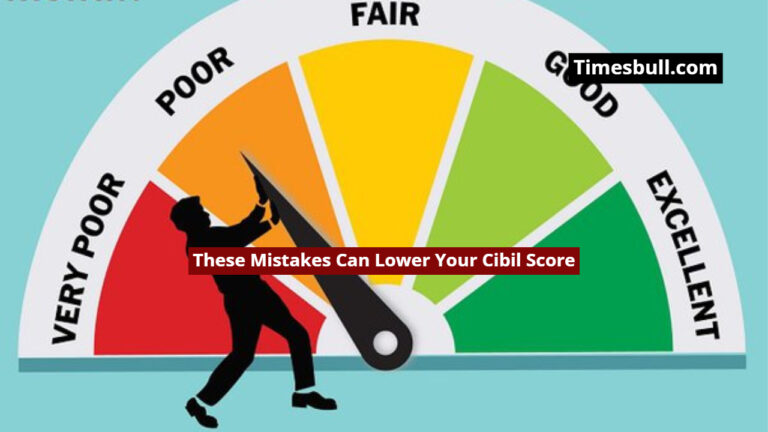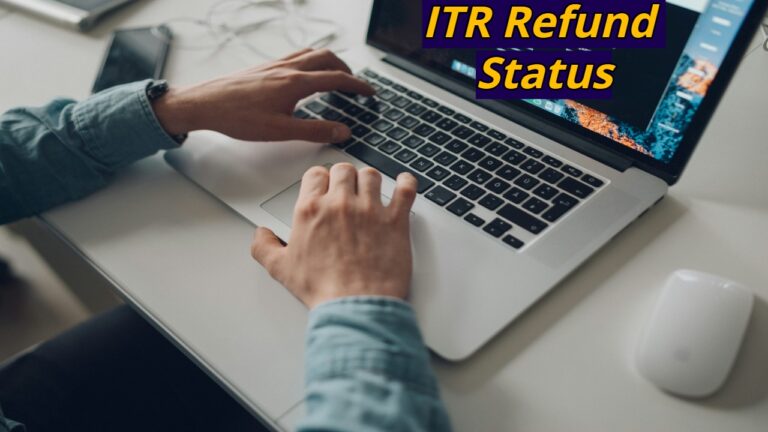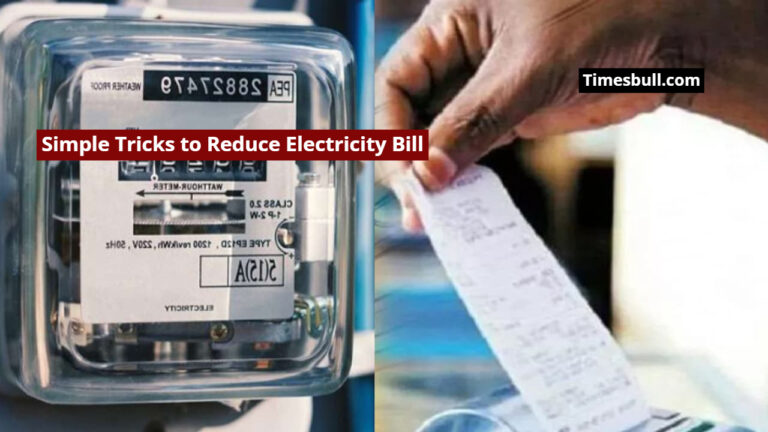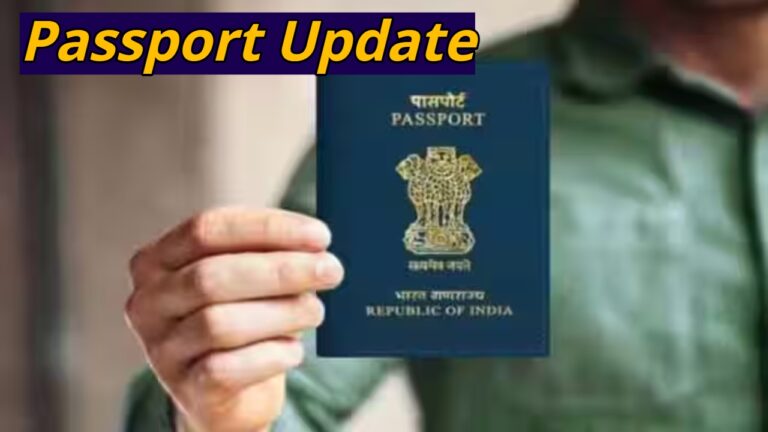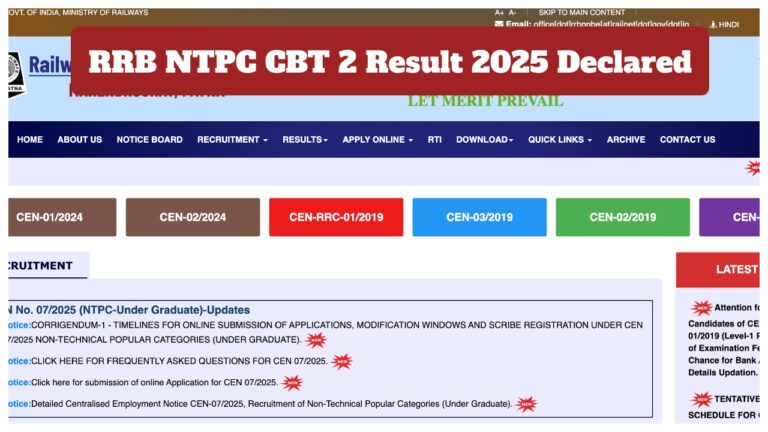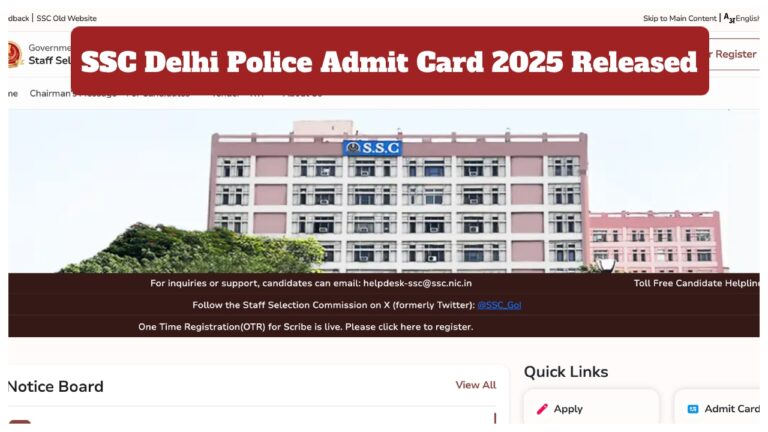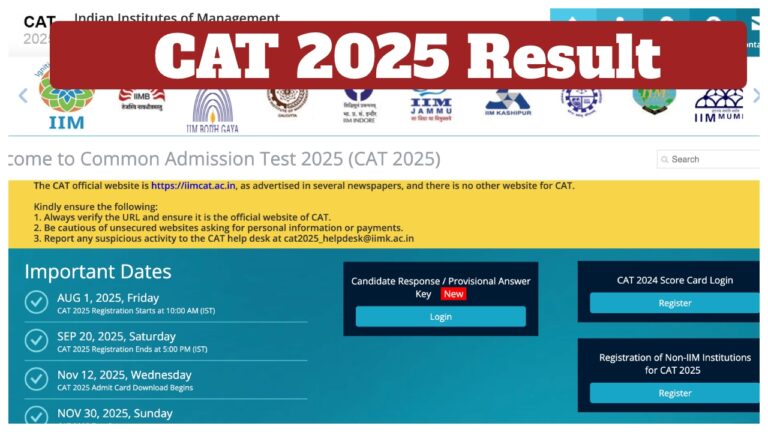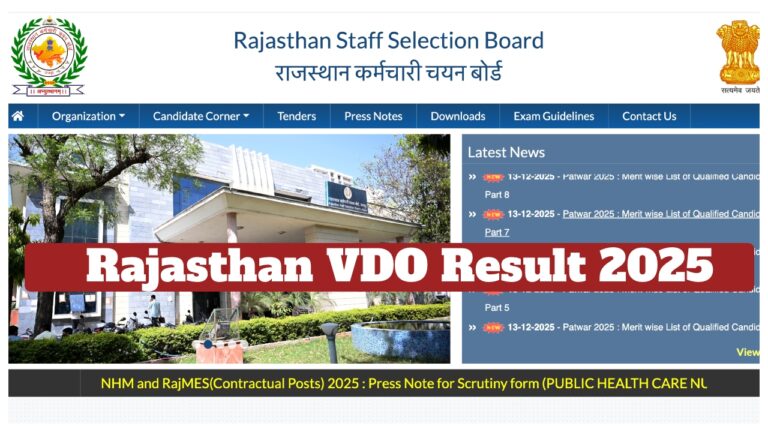PF Withdrawal: If you are also thinking of withdrawing your Provident Fund (PF) money after leaving the job, then wait a bit and read this news carefully. If you have not completed 5 years of non-stop job, then up to 30% of your savings can go into tax. Legal and Tax Experts say that the decision to withdraw PF in a hurry can ruin your long-term savings made for retirement, and can also give you a big tax shock. It is very important to understand when and how to withdraw PF will be most beneficial for you.
Tax exemption rules
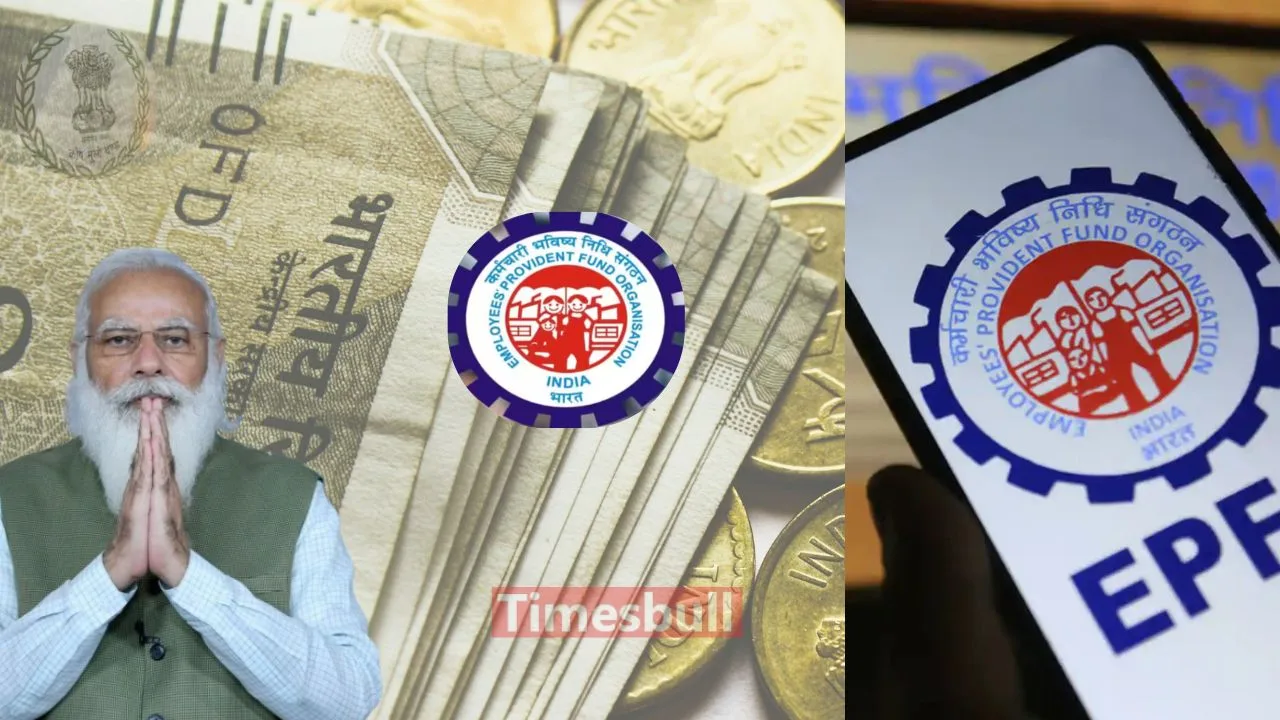
Yes, there is tax exemption on PF withdrawals under certain circumstances:
If the withdrawal is due to serious illness.
If the company is closed and you are fired from the job.
If the reason for leaving the job is beyond your control, such as natural disaster or layoffs. The law provides exemptions for these situations, which can help you in a financial crisis.
Most importantly, if you have completed 5 years of continuous employment or withdraw PF after retirement, the entire amount is tax-free under Section 10(12) of the Income Tax Act. This is the most beneficial situation for you, where you can take advantage of your entire savings.
What mistakes should not be made
There are some common mistakes in case of PF withdrawal which are very important to avoid:
Not transferring PF to the new employer instead of withdrawing it while changing jobs. This is the biggest mistake that breaks the count of 5 years of employment.
Withdrawing PF without completing a total of 5 years of employment, as this makes the entire amount taxable.
Not providing PAN, resulting in more TDS deduction.
Thinking that Form 15G/H will always withhold TDS (it only works if your income is below the tax limit).
Tax-Free Ways to Withdraw PF
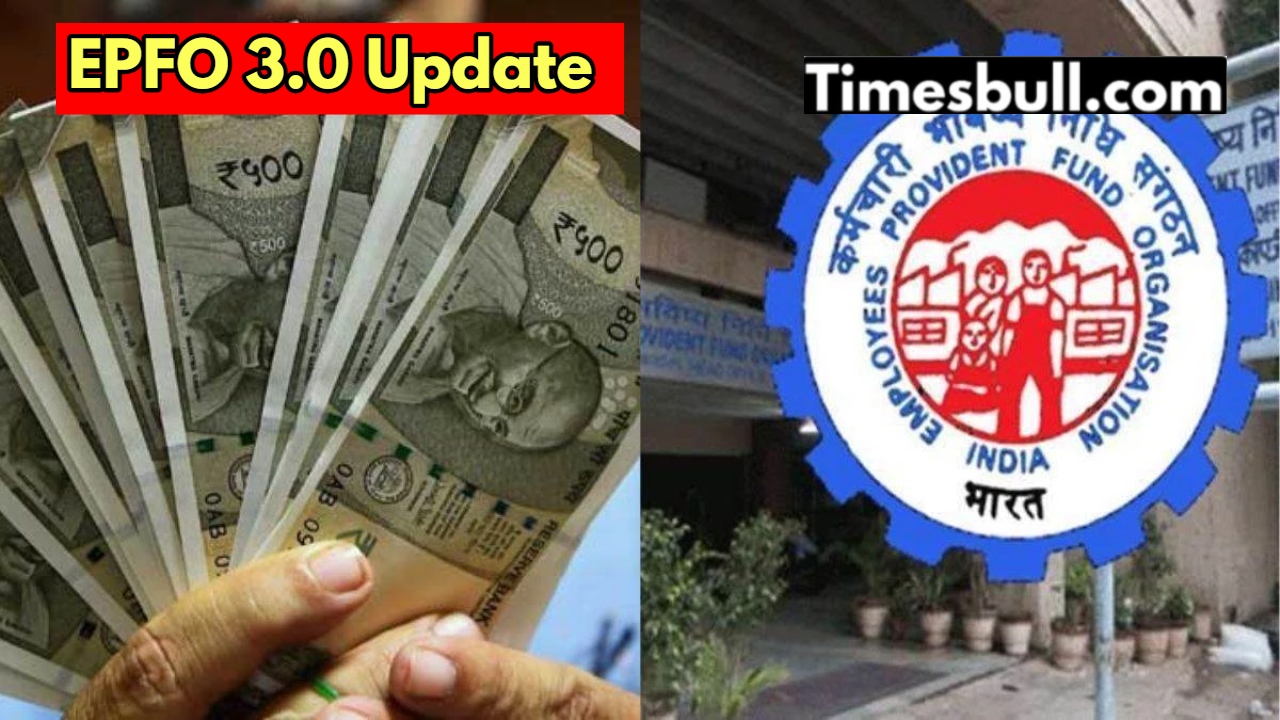
Supreme Court lawyer Tushar Kumar explains some tax-free ways to withdraw PF:
Transfer your PF account when you change jobs so that you can make a tax-free withdrawal after 5 years. This adds the period of your old and new job together.
Avoid withdrawing the entire amount. Make partial withdrawals for needs like medical, home, or education, which are mostly tax-free if conditions are followed.
Make withdrawals in the year when your total income is below the tax limit so that you do not have to pay any tax. This is a smart financial plan.
If your income is below the tax limit, submit Form 15G (15H for senior citizens) so that TDS is not deducted. This will ensure that no deduction is made on your money.
Keep documents like job records and reason for withdrawal ready, so that you can respond in case of investigation.
